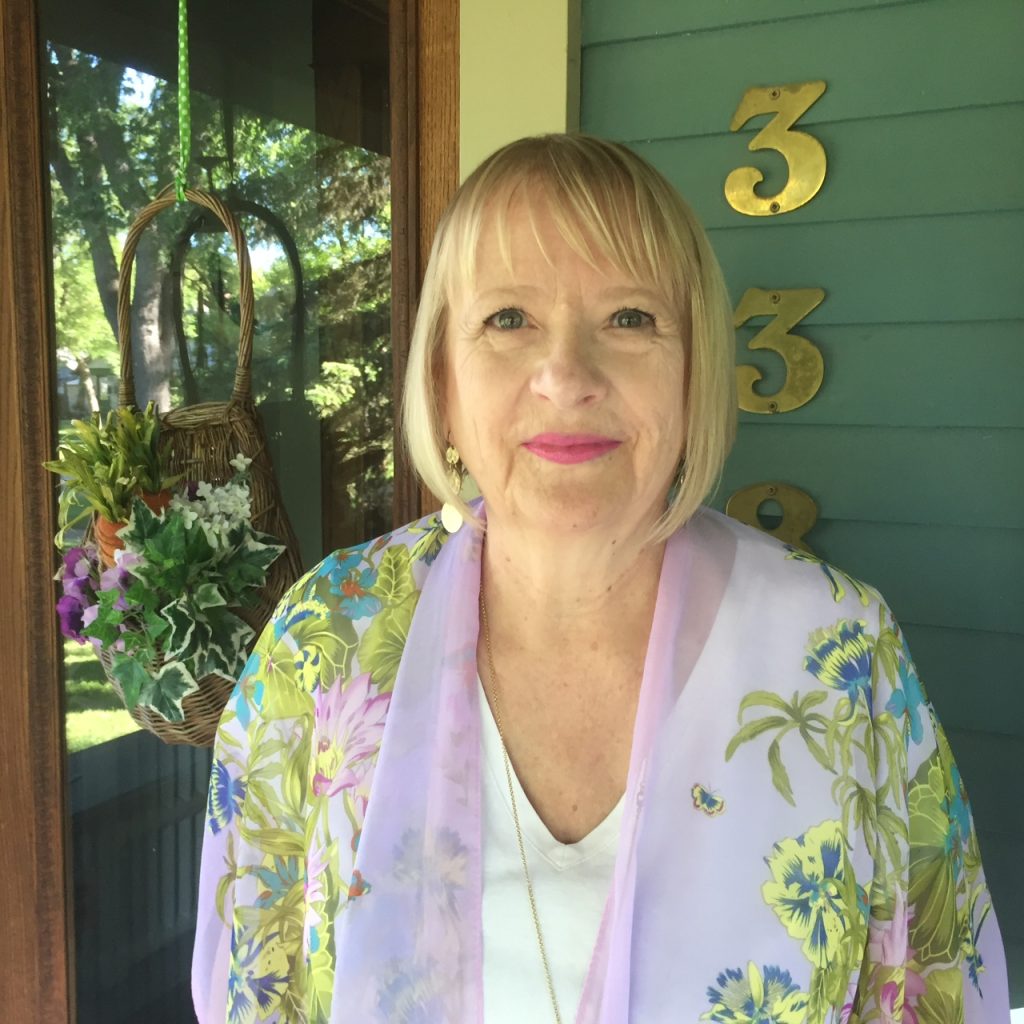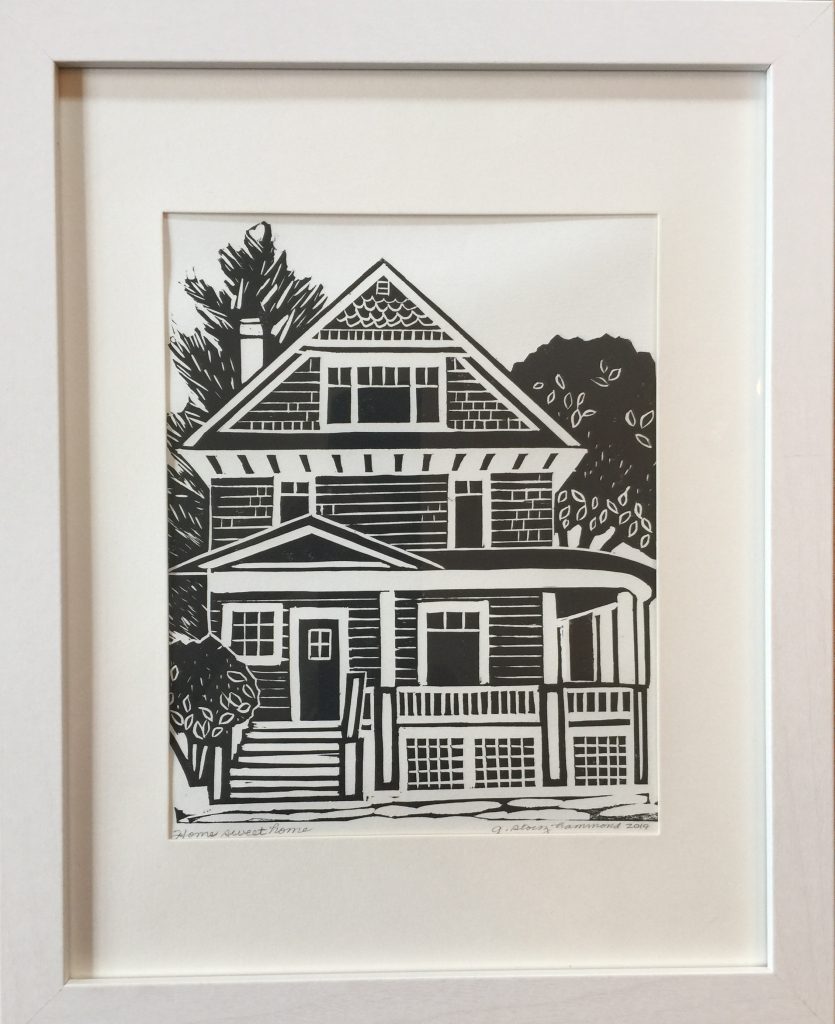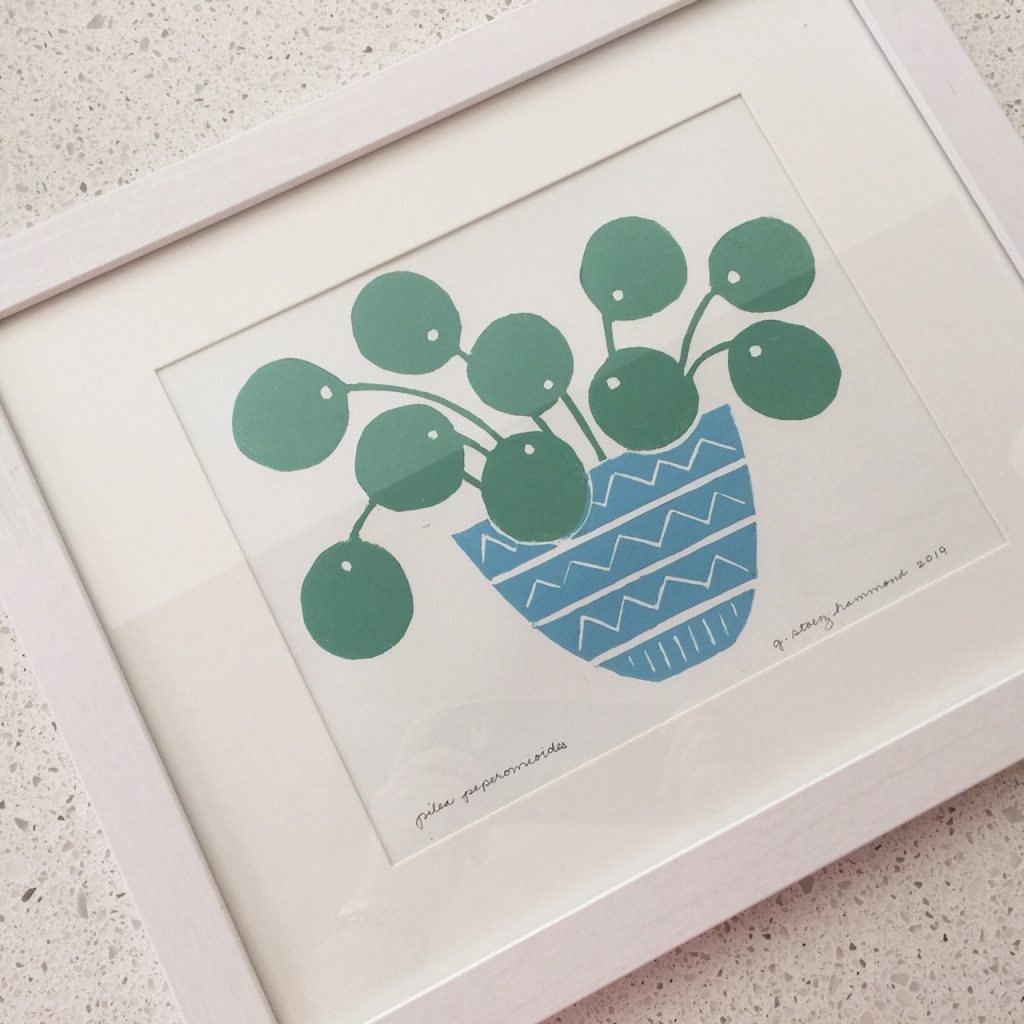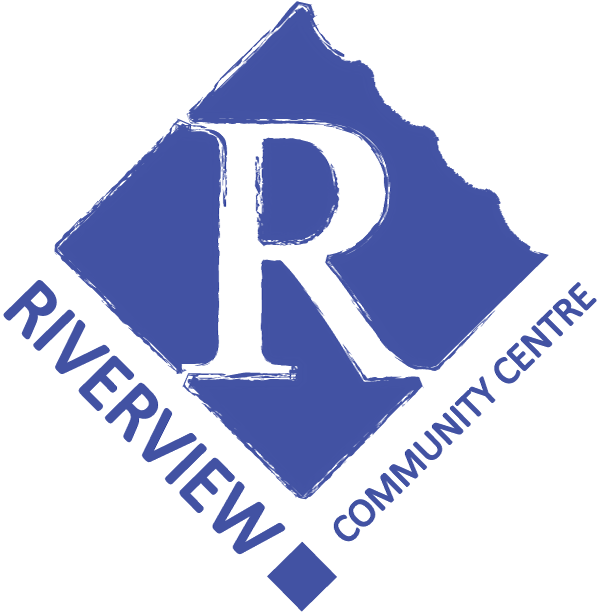When Gladys was a young girl, her grandmother had a huge garden with a huge amount of flowers. She lived just three doors down, and as soon as she was old enough, Gladys would walk over with her Barbies and play in the garden. Many of her linocut prints are inspired by her time spent there. She says, “It’s kind of a tribute to her really.” The majority of her designs feature flowers and older houses.
When Gladys grew up, she became a graphic designer, and that graphical approach using clean and simple shapes now carries through to her printmaking.
She started with acrylic paintings in the 80s. Gladys describes her style as always quite stylized and graphical, but still representational.

Three years ago, she grew interested in printmaking. Linocut first came across her radar through Facebook, Instagram and YouTube. Eventually, she decided to teach herself the basics, and after taking a class at Artists Emporium, she was hooked.

The process itself is simple, and she likes that it doesn’t require too many fancy tools or too much space.
She can make the prints right on her dining room table and buys washable ink to keep the mess to a minimum.
Gladys’ first foray into linocut began with Christmas cards. She made about 75 and says for those first couple of years, everyone got linocut cards.
Linocut prints are made by carving into linoleum to make a sort of stamp. The cutting tools are very similar to those used for wood carving, and the printing itself can be pressed with a puck-like tool or even an everyday spoon.
Even though the process itself is relatively simple, Gladys says people underestimate the amount of time that goes into it. After completing the initial underdrawing, she has to mirror it by tracing it onto a piece of parchment paper. After that, the cutting itself takes at least another day or so, then once she gets to printing she can complete about ten prints a day, which usually take 10 days till they’re completely dry.
The process can also be very unforgiving. Mistakes can be difficult, if not impossible, to fix.
Even so, Gladys often finds the cutting process very relaxing, and once finished, she has the option to reprint as many times as she wants, in as many colours as she likes.
The materials for linocut can be relatively expensive, with having to use a new piece of linoleum for every new print. One of the advantages of printmaking that can help offset the cost is the ability to make multiple prints from the same cutting. Gladys generally creates ten prints per design and sells them online through her Etsy shop.

The South Osborne Arts Group held art walk tours of members’ home studios throughout Riverview and Lord Roberts before the shutdowns. Gladys joined shortly before and was able to participate twice. She had been on past tours, but being a tour stop gave her the chance to show off her own work and sell some to people from as far as Winkler and Altona.
Gladys believes there are a lot of artists in Riverview because it’s such a beautiful neighbourhood. Little cottages, big houses, she loves them all, and Riverview has so many different kinds to offer.
She moved to Ashland in 1985, and when her family outgrew that house, they moved across the lane to a 1916 turn of the century home on Baltimore. In the evening, she often picks up an ice cream and walks through old neighbourhoods.
You can check out more of Gladys’s work on her Instagram, HERE, and you can purchase her work online on her Etsy shop HERE.
If you’re interested in the South Osborne Arts Group, you can check them out on their website here https://www.southosborneartsgroup.com/, or their Facebook HERE.


